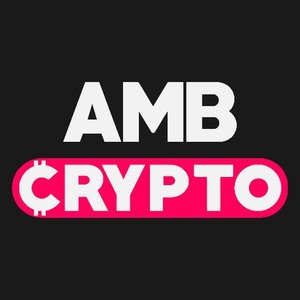Ripple is stepping up its efforts to expand into cryptocurrency custody services, a strategic move that, according to legal expert John Deaton, signals the company’s long-term vision for blockchain. The stablecoin issuer, known for its XRP token, now focuses on custody solutions. According to Deaton , the shift in direction will see Ripple offer tokenization-as-a-service to global financial institutions, potentially improving XRP’s price. Ripple aims to lead with custody and tokenization services Ripple’s recent focus on custodial offerings has caught the attention of John Deaton, who shared insights in an X post about the company’s evolving strategy. Though Ripple’s core business has been focused on inter-bank payments for most of its life, custody is a substantial shift. Deaton said this change is part of the firm’s strategy to pitch its tent as a one-stop shop for financial institutions exploring the distributed ledger technology space. Ripple’s acquisition spree in the past couple of years—specifically the purchases of Metaco and Standard Custody in 2023 and 2024—positively prepared them for the new direction. These deals were worth billions, indicating that the XRP issuer is putting all it has into breaking into the global custodial market. Deaton sees these acquisitions, as well as the Hidden Road broker acquisition, as strong signals that the company wants to add custody to its existing payment and stablecoin solutions. “By offering custody alongside payments and stablecoin solutions, Ripple becomes a one-stop shop for financial institutions integrating blockchain technology,” said Deaton. This is a strategic maneuver to situate Ripple as the market leader for institutions looking to navigate the world of blockchain and digital assets. John Deaton suggests that the focus on custody is not just about securing digital assets—it’s part of a larger play to dominate the burgeoning tokenization market. Ripple is preparing to provide tokenization as a service, enabling banks and other financial institutions to tokenize traditional assets such as stocks and real estate through a one-stop shop platform. Deaton believes Ripple’s ever-growing custody framework will ensure seamless tokenization, ultimately disrupting the financial industry. XRP Ledger touted as hub for tokenized assets and RLUSD adoption The ultimate vision for the XRP Ledger is to be the central hub for tokenized assets. At the heart of the vision is the RLUSD stablecoin that Deaton thinks will be instrumental in adopting tokenization. With Ripple at the helm, banks and other institutions can tokenize real-world assets more easily, helping to bring traditional markets onto the blockchain. Ripple’s push into tokenization could also drive greater adoption of the RLUSD stablecoin, with analysts predicting that if RLUSD captured 80% of USDT’s market share, the XRP price could significantly increase. Deaton speculates that Ripple’s growing activity in the custody space is part of a strategy to outpace its competitors, particularly as the global market for custody services is expected to reach $16 trillion by 2030. Ripple’s aggressive strategy comes as the company works to recover from the legal challenges of its protracted SEC case. Deaton suggests that leadership is determined to make up for lost time, especially given the extensive delays caused by the litigation. “Looks to me that Brad Garlinghouse is making up for lost time after being slowed down by the SEC lawsuit,” said Deaton. However, Ripple faces growing competition from others in the blockchain and payments world. One of those competitors is Circle , which recently launched its Payment Network, which is also pitching real-time payments. At the time of writing, XRP was changing hands at $2.32, up almost 7% in the past 24 hours, according to market data. Cryptopolitan Academy: Coming Soon - A New Way to Earn Passive Income with DeFi in 2025. Learn More

















